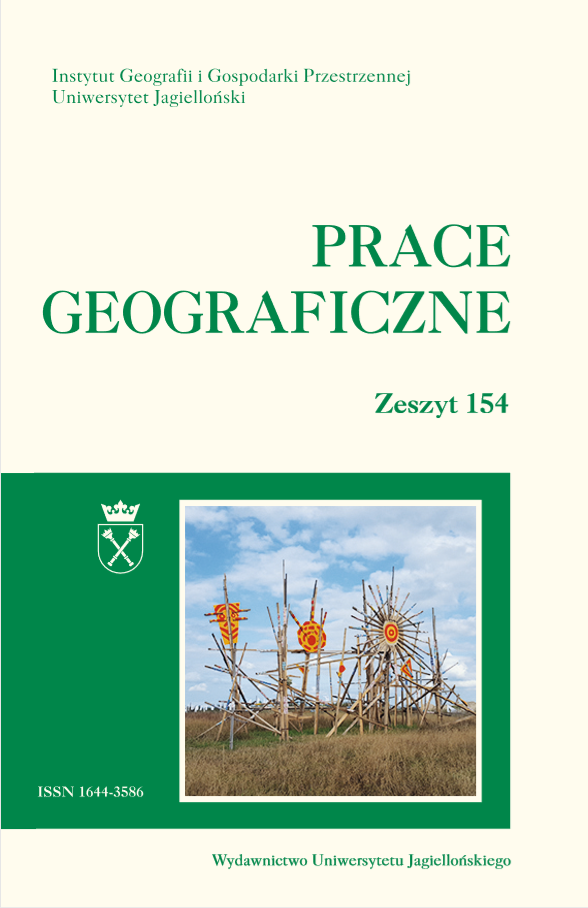Czasoprzestrzenny rozkład ruchu turystycznego na szczycie Śnieżki w 2015 roku
Spatiotemporal distribution of visitors on the summit of Śnieżka in 2015
Author(s): Mateusz RogowskiSubject(s): Geography, Regional studies, Tourism
Published by: Wydawnictwo Uniwersytetu Jagiellońskiego
Keywords: visitor flow monitoring; Śnieżka; Karkonosze Mts.; pyroelectric sensor
Summary/Abstract: In recent years, there has been an increase in tourism in the most popular mountain areas. A characteristic feature of tourism management in national parks is the recognition of its size. The aim of the study was to investigate the spatiotemporal distribution of visitor flows in the Śnieżka summit area (Karkonosze Mts., SW Poland) in 2015. Mt Śnieżka is the most popular destination in the Karkonosze National Park, as well the highest summit in the Sudety Mts. The data on the number of visitors used in the study originate from the pyroelectric sensors located on all ascending trails to the Śnieżka summit. The analyses revealed that in 2015 there were ca. 650,000 visitors on the summit Śnieżka (460,000 entries recorded by pyroelectric sensors, 46,000 upward adjustment of the above value and 150,000 entries via the cableway from Pec pod Snezkou (Czech Republic). The total visitor load on hiking trails that includes all entries – IN and all exits – OUT in the Śnieżka summit area amounted to about 852,000. The most popular trail was the “Zakosy” trail with 447,281 visitor load (IN+OUT) and 267,627 visitor entries (IN). More than a half of the tourists reached the Śnieżka summit in the summer, and the month with the highest tourist traffic was August (217,926 IN+OUT). The results can be used to increase the efficiency of the management of tourist traffic in the Śnieżka summit area, one of the most popular tourist destination in the Polish mountains.
Journal: Prace Geograficzne
- Issue Year: 2018
- Issue No: 154
- Page Range: 107-125
- Page Count: 19
- Language: Polish

